How to Forecast Cash Flow in Real-Time: A Step-by-Step Guide for Finance Teams
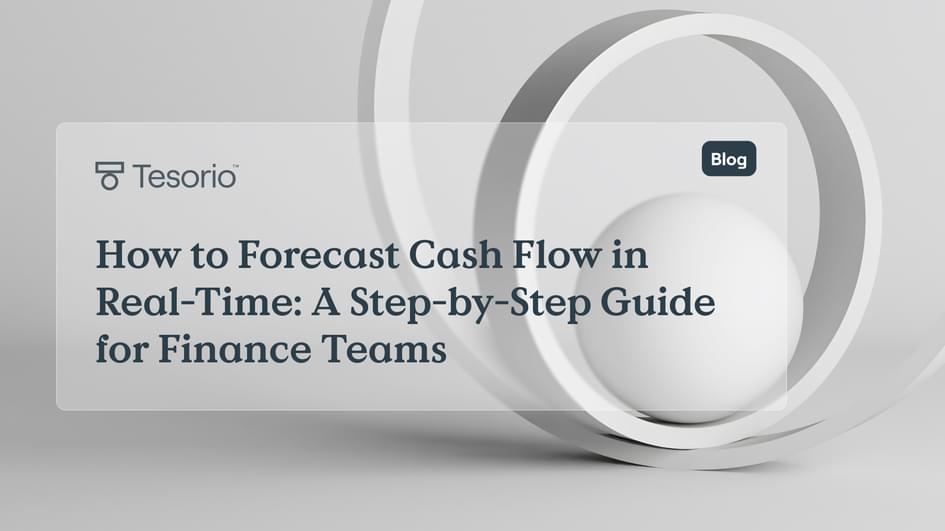
Introduction: Why Real-Time Cash Flow Forecasting Matters
In today’s volatile market, cash is more than king—it’s the lifeblood of operational stability. Yet, most finance teams still rely on outdated spreadsheets, disconnected systems, and manual processes to manage cash flow. The result? Missed targets, late decisions, and a constant scramble for visibility.
Enter Tesorio.
Tesorio’s real-time cash flow platform replaces guesswork with precision. By automating collections, analyzing payment behavior, and consolidating data into dynamic dashboards, Tesorio empowers finance teams to move from reactive to proactive.
In this guide, you'll learn how to:
Aggregate real-time financial data
Leverage AI to improve forecast accuracy
Automate collection processes
Use predictive analytics for better decisions
Build customizable dashboards for visibility
Let’s dive in.
Step 1: Aggregate Real-Time Data Across Finance Operations
The foundation of accurate forecasting is unified, real-time data. Siloed systems and delayed reporting create blind spots that compromise decision-making. By centralizing AR, AP, contract, and bank data, finance teams get a live snapshot of their cash position.
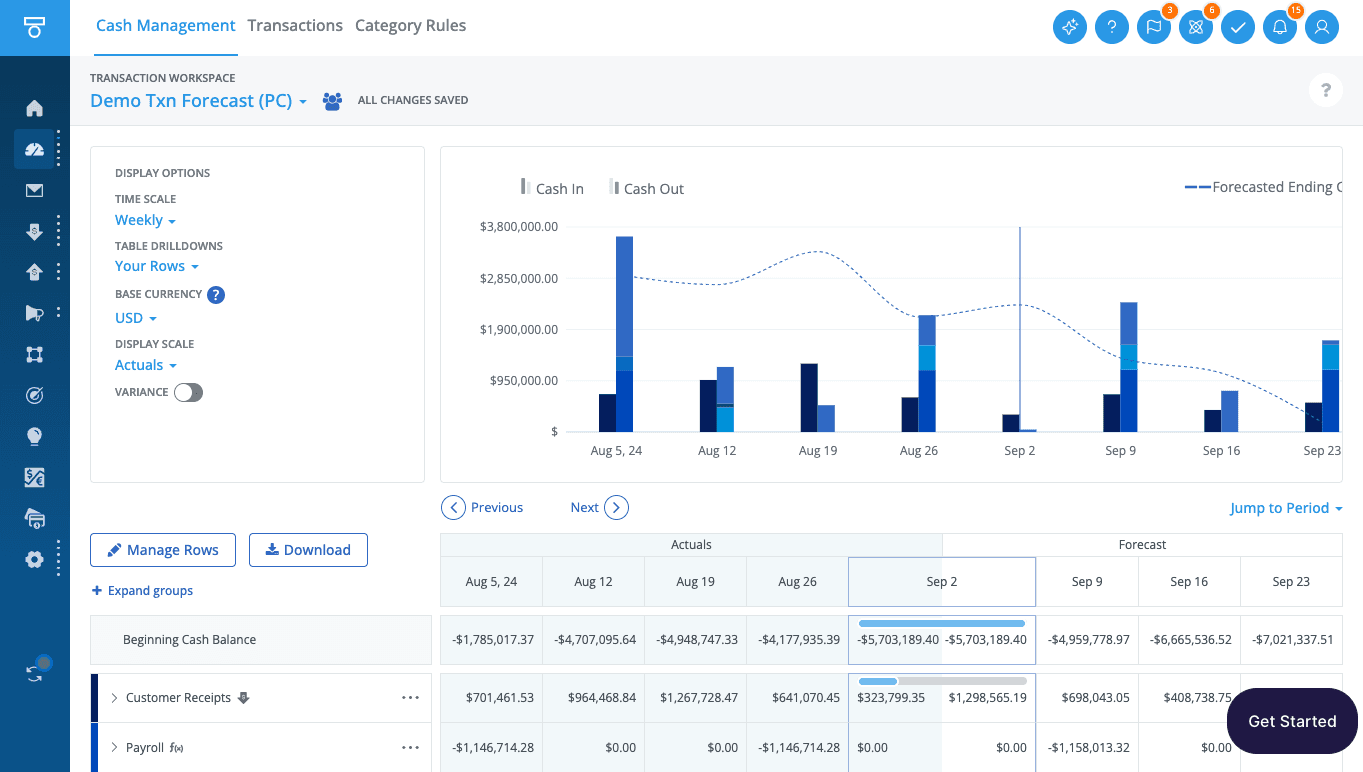
Best Practices:
Connect ERP, CRM, and banking systems via APIs
Standardize data inputs across departments
Validate historical cash flow trends with real-time overlays
Sync invoice and payment data automatically
Pro Tip: Companies that centralize cash data see up to 40% faster forecast generation compared to manual methods.
Step 2: Automate Collections to Accelerate Inflows
Delayed receivables can derail even the most accurate forecast. Automating collections with intelligent workflows ensures consistent follow-ups and faster payments.
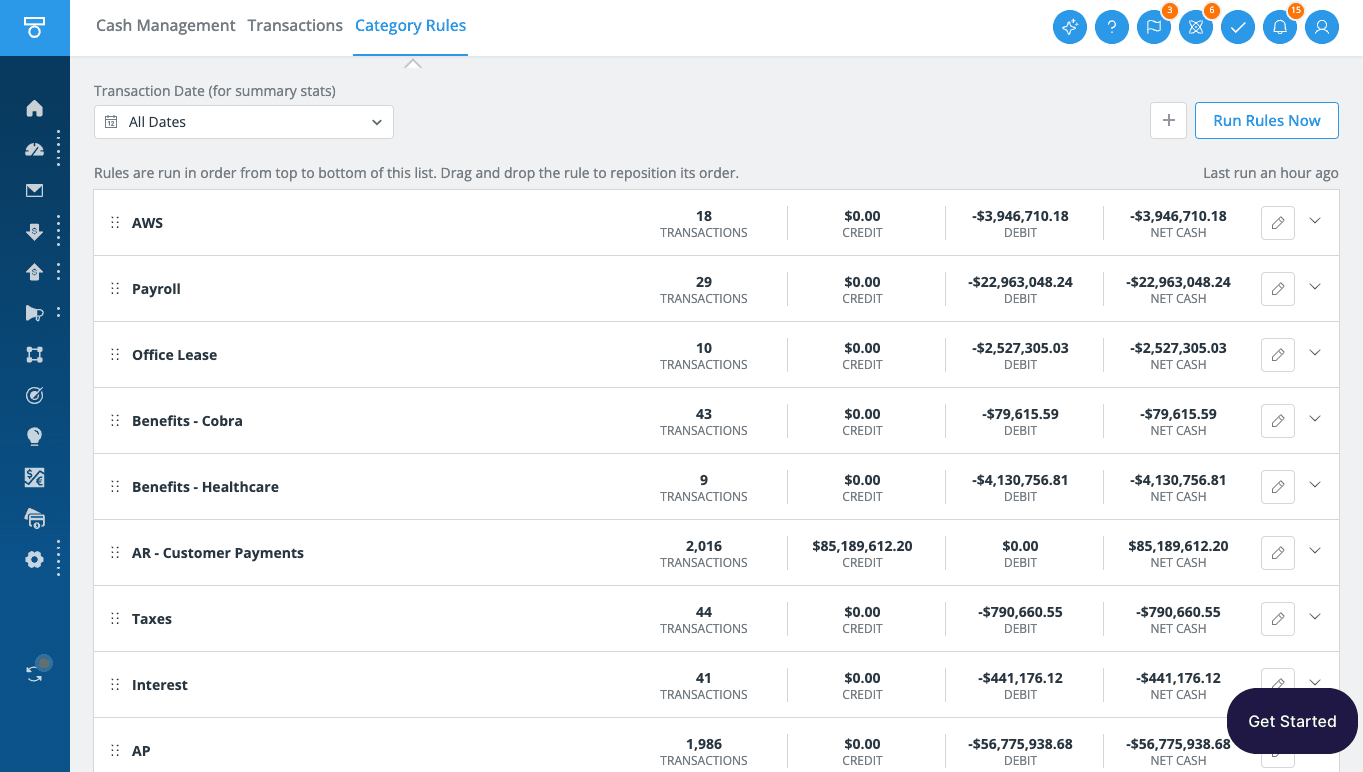
Best Practices:
Set trigger-based reminder workflows for upcoming and overdue invoices
Segment customers by payment behavior to customize outreach
Include embedded payment links in follow-ups
Track email engagement and payment intent signals
Pro Tip: Tesorio users reduce Days Sales Outstanding (DSO) by an average of 12 days within the first quarter.
Step 3: Use Predictive Analytics to Spot Trends and Risks
Traditional forecasting reacts to the past. Predictive analytics let you anticipate the future. Tesorio’s AI models detect customer payment patterns and potential delays, helping you course-correct before issues arise.
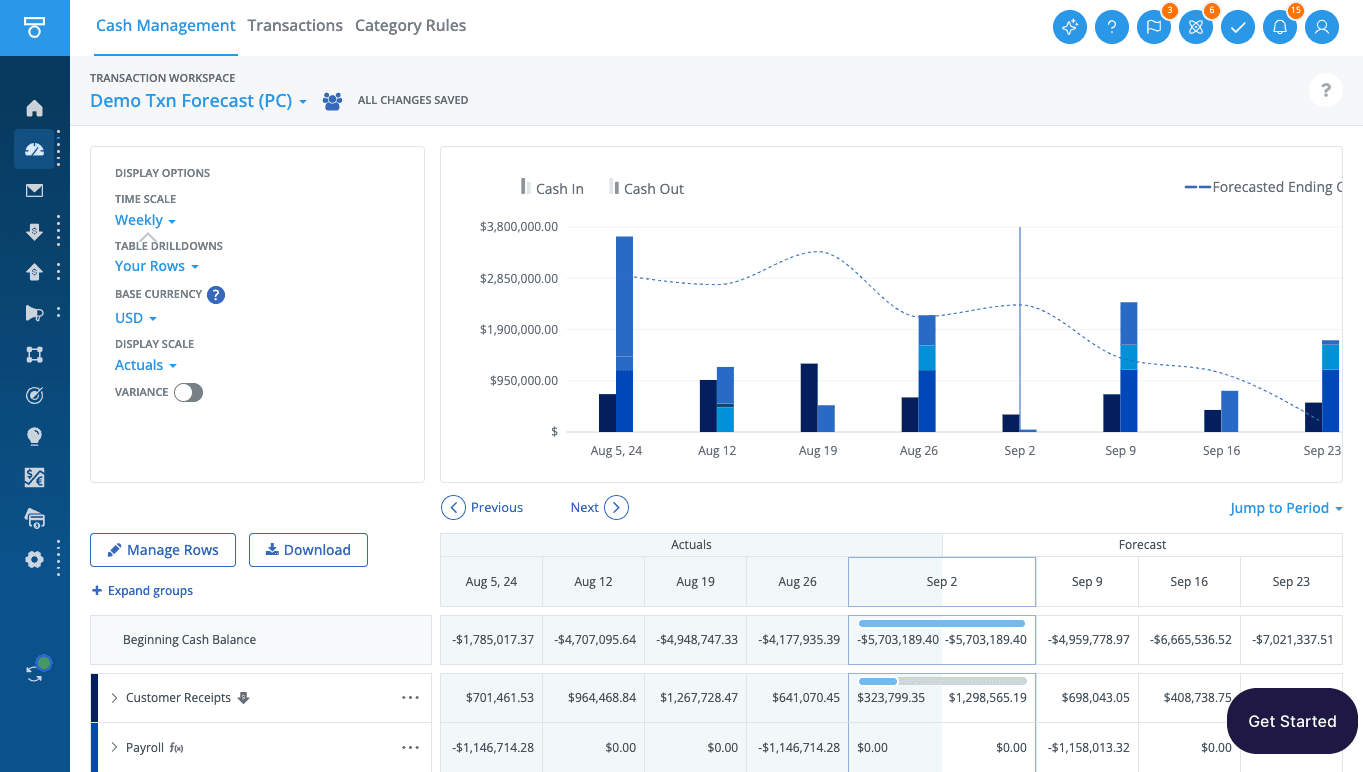
Best Practices:
Train forecasting models using historical and behavioral data
Set alerts for high-risk accounts based on prior delays
Include external factors (e.g., seasonality or economic indicators)
Use what-if scenarios to simulate cash impact
Pro Tip: Early intervention based on predictive signals can improve forecast accuracy by up to 35%.
Step 4: Build Customizable Dashboards for Stakeholder Visibility
One-size-fits-all reports rarely serve the needs of diverse finance stakeholders. Tesorio’s dashboards allow CFOs, controllers, and analysts to view the metrics that matter most—when and how they need them.
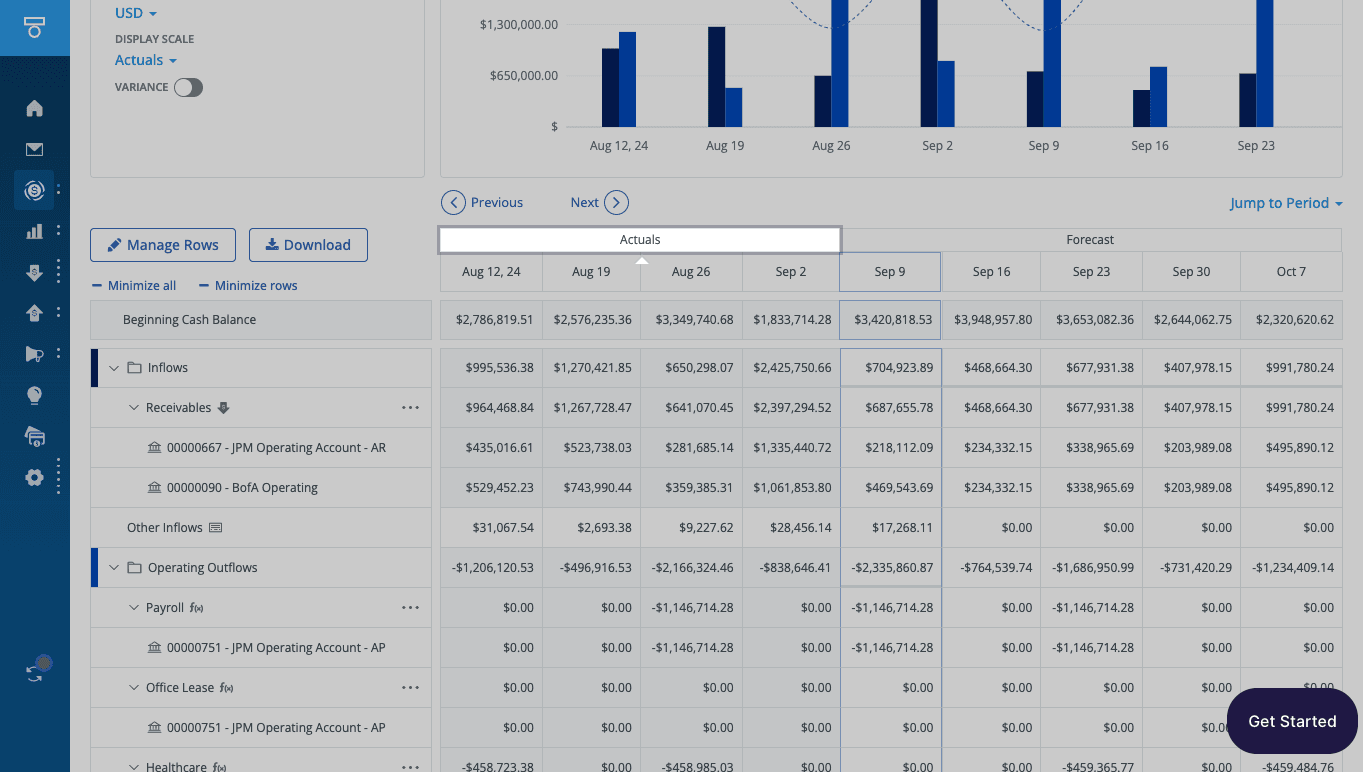
Best Practices:
Customize dashboard views per stakeholder (CFO vs AR team)
Embed cash flow KPIs in weekly business reviews
Add real-time visualizations for at-a-glance clarity
Enable drill-downs into variances and drivers
Pro Tip: Teams that operationalize real-time dashboards improve internal alignment and reduce cash flow surprises by 50%.
Step 5: Continuously Refine Your Forecasting Models
Forecasting is never one-and-done. Leading finance teams treat forecasting as an iterative process—constantly testing assumptions, refining inputs, and learning from variances.
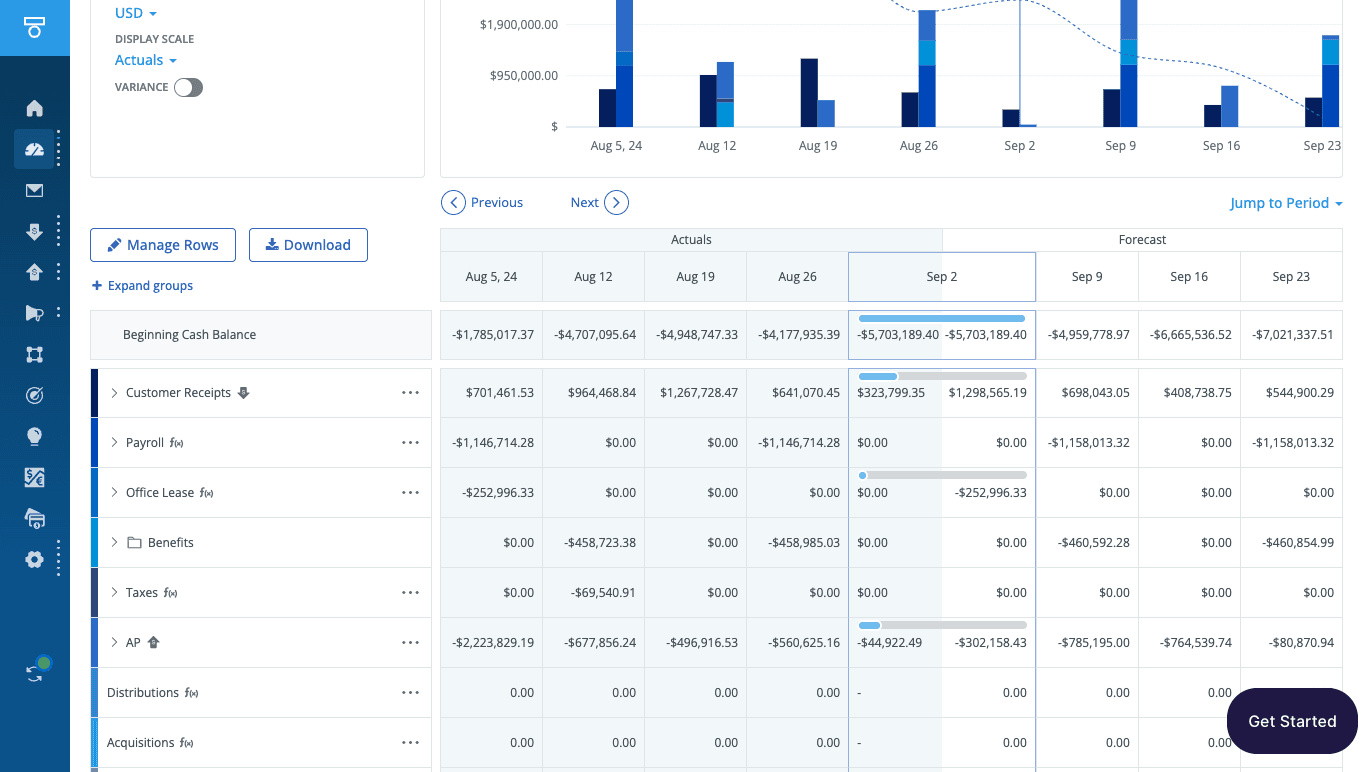
Best Practices:
Run monthly forecast accuracy reviews
Create a variance dashboard that auto-updates
Involve cross-functional teams to validate assumptions
Set up alerts for significant deviations
Pro Tip: Forecasting becomes a strategic asset when it’s 80–90% accurate 13 weeks out—a benchmark achieved by top-performing Tesorio clients.
Build a Smarter, Faster Finance Function with Real-Time Forecasting
Real-time cash flow forecasting transforms finance from a reactive cost center into a proactive growth enabler. With Tesorio, you get the tools to automate collections, predict outcomes, and make informed decisions that drive results.
👉 Ready to forecast cash flow in real time? Book a demo with Tesorio today.
FAQs
What is real-time cash flow forecasting?
It’s the process of continuously updating your cash position using live data from financial systems. It enables faster, more accurate decision-making.
How does Tesorio help forecast cash flow in real time?
Tesorio integrates with your ERP and other systems to consolidate data, apply predictive models, and surface insights via dashboards and alerts.
Can I automate collections with Tesorio?
Yes. You can create intelligent workflows that send follow-ups, track engagement, and adjust based on customer behavior.
What KPIs should I track in my cash flow dashboard?
Focus on cash runway, net cash flow, AR aging, collections rate, and DSO—customized per stakeholder role.
How accurate are predictive analytics for finance?
With proper data and training, AI-driven forecasts can improve accuracy by 30–50% over manual methods.
How often should I update my cash forecast?
Ideally, in real time. At minimum, weekly updates with monthly variance reviews can keep you on track.
Does this work for companies with multiple entities?
Absolutely. Tesorio supports multi-entity consolidations and can segment forecasts by region, currency, or business line.
Is this solution scalable as we grow?
Yes. Tesorio is built for growth-stage to enterprise companies and scales seamlessly with your finance tech stack.